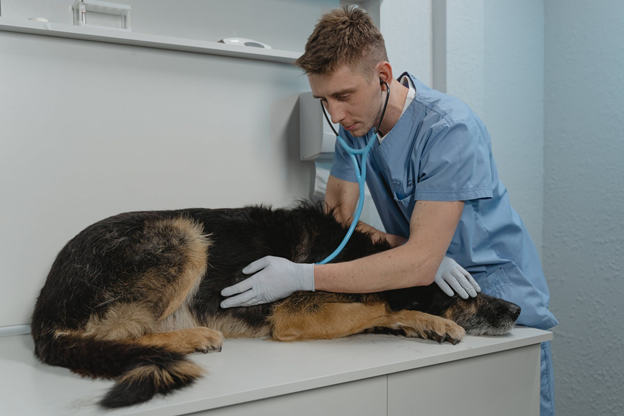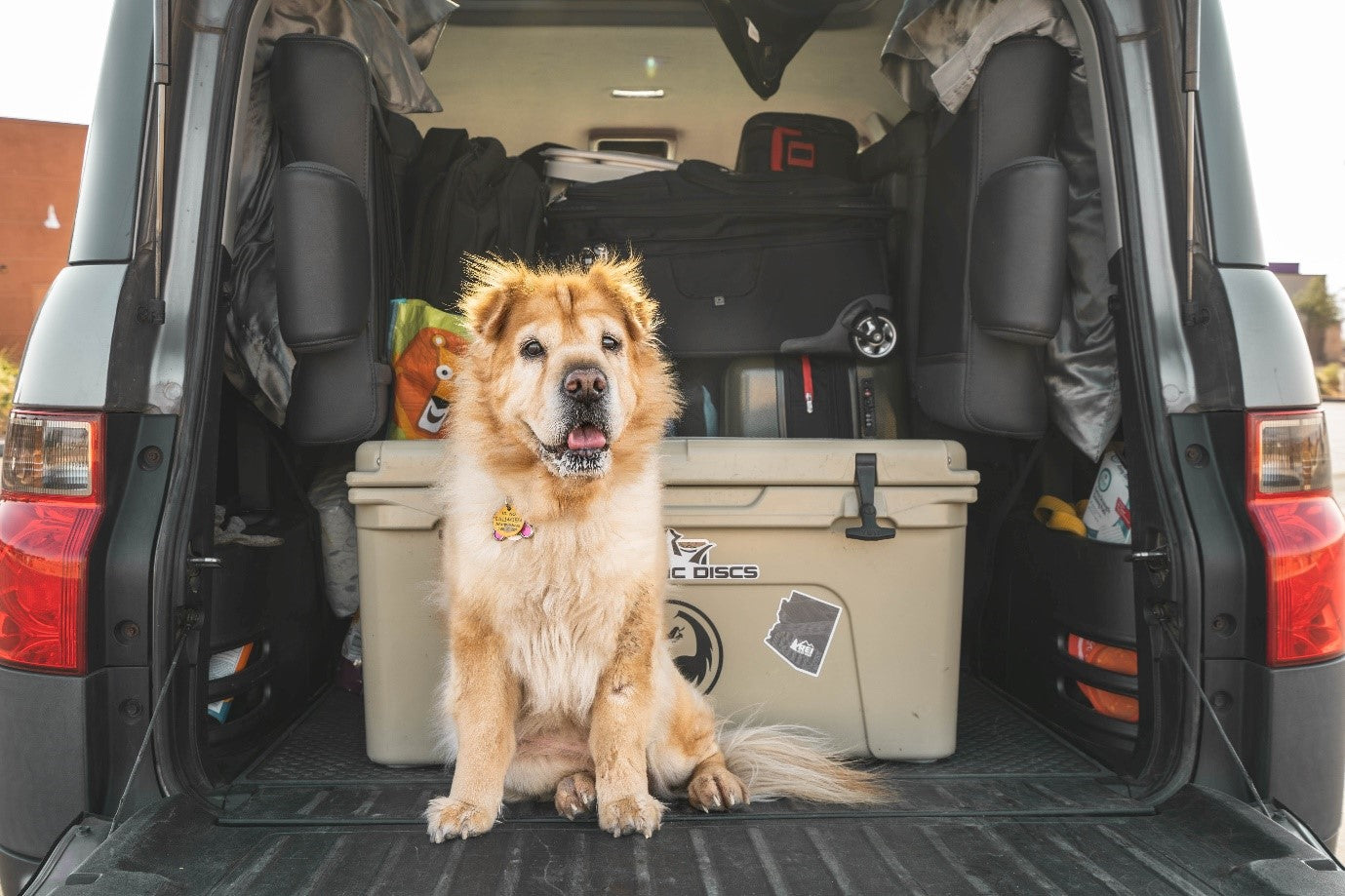Just like us, dogs need to routinely take care of their teeth to prevent uncomfortable dental diseases—and this is especially true for small dog breeds.
Small dogs experience more dental issues on average than large dog breed. In fact, one study has found that smaller dogs are up to five times more likely to get Periodontal disease than larger breeds.
Read on to learn more about common dental issues found in small dog breeds, and how you can help keep your dog’s teeth clean and healthy.
Why are Dental Issues Common in Small Dogs?
There is no definitive explanation for why small dogs experience dental issues more frequently, but most experts agree that it is likely because of overcrowding.
Smaller dog breeds also experience crowding because of their face shape and smaller jaw structures than other breeds. They also have a shorter tooth root. When their adult teeth grow in, their baby teeth simply shift over to make room for the new teeth which leads to a buildup of plaque and tartar.
Small dogs also see a loss in bone density in the jaws at an earlier age than larger dogs. These smaller breeds may show a decrease in their bone density by, as young as, 1-year-old.
Common dental issues seen in small dog breeds include:
- Periodontal disease
- Abscessed teeth
- Pathologic jaw fractures
Preventative Dental Care for Small Dog Breeds
The best way to prevent periodontal disease and other dental issues is to start a dental hygiene routine as early as possible with your dog. Here are the components to a healthy dental routine for your dog.
1. Establish a Daily Brushing Habit
Just like for their humans, brushing your dog’s teeth daily is the best way to prevent harmful plaque and tartar build-up. If you cannot immediately carve out time every day, try to aim for at least three times a week.
Make sure to never use human toothpaste to brush your dog’s teeth, as there are toxic ingredients in most kinds of human toothpaste. Instead, you will need a toothpaste approved by the Veterinary Oral Health Council.
A human toothbrush will work fine for most dogs, but for small dogs, a baby toothbrush or a fingertip toothbrush works best.
2. Use Dental Chews and Toys
Chews and toys have proven to help remove tartar and plaque build-up as the dog chews. They can get into the ridges of the dog’s teeth, often better than you can with a toothbrush.
Not all toys work well for this. Look for ones that have the seal of approval by the Veterinary Oral Health Council on the packaging. This means that the chew or toy meet their standards for plaque and tartar control.
3. Scheduled Routine Vet Exams
Just like humans, our pets need to get annual cleanings too! While regular at-home brushing is the most effective way to fight disease, a professional dental cleaning by your vet is great supplemental care. Because dental cleanings generally require anesthesia, it is easier for them to get into the nooks and crannies of your dog’s teeth.
A veterinarian recommends dental cleanings, between 6-12 months, depending on your dog’s health needs.
Even if they are not getting their teeth cleaned by the dentist, they should still have a regular examination done by your vet. For small dogs, they should have their first dental exam before they are 1-year-old.
Can You Prevent Dental Disease in Your Small Dog?
Dental issues are more common in small breeds, but that does not mean they are not preventable. With regular brushing and routine visits to your local vet, your dog’s teeth will be clean, shiny, and healthy.



